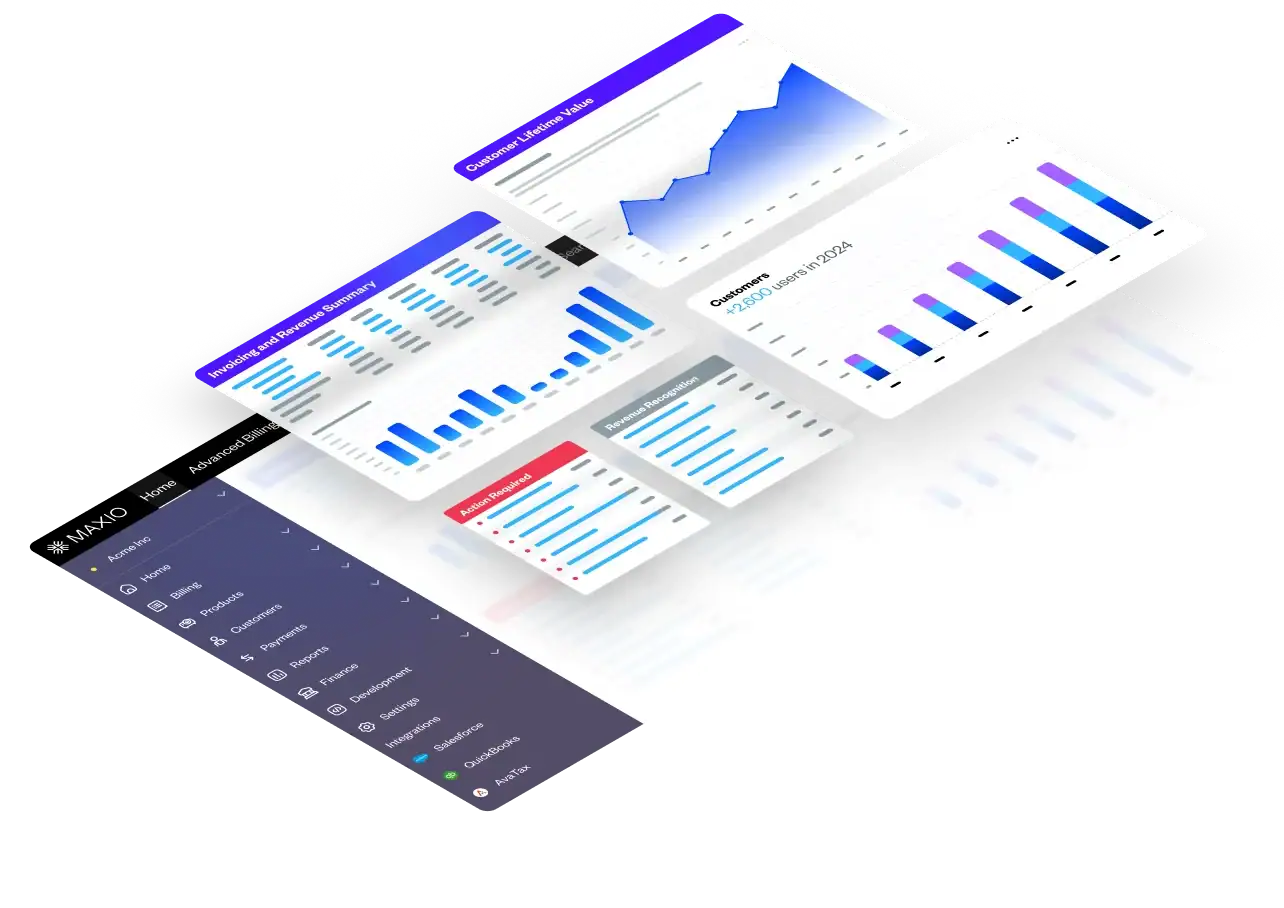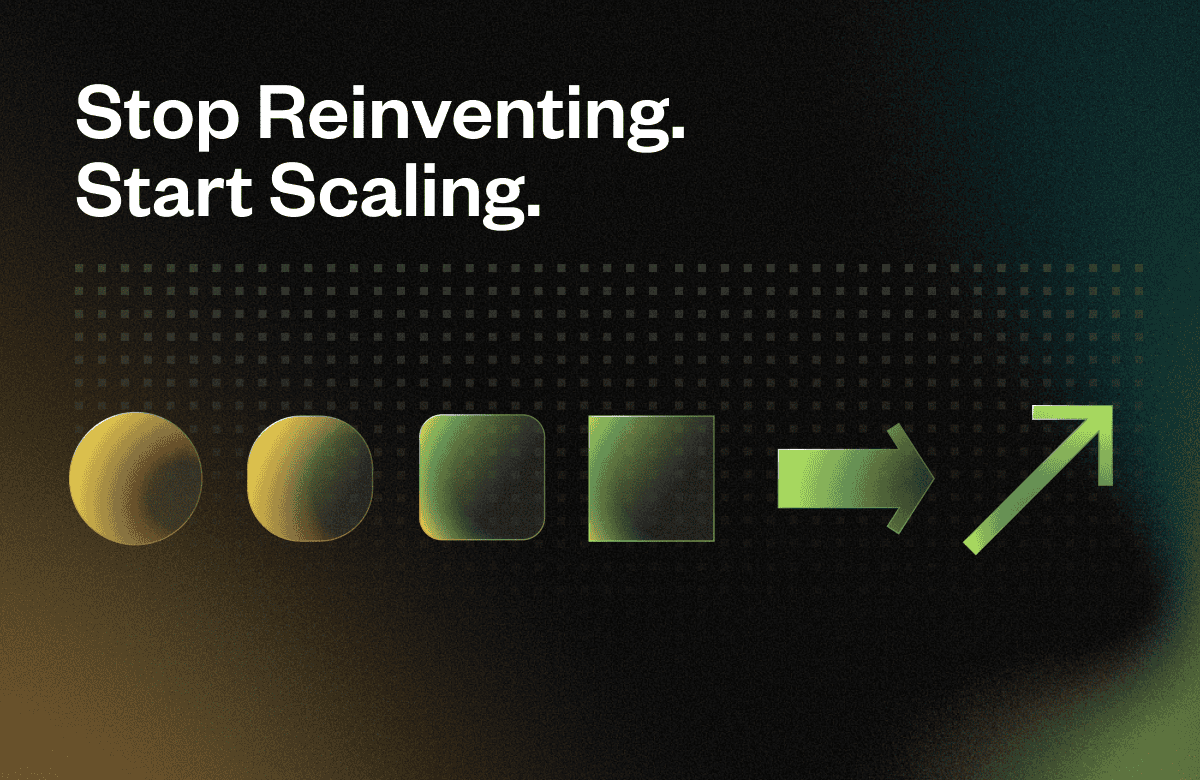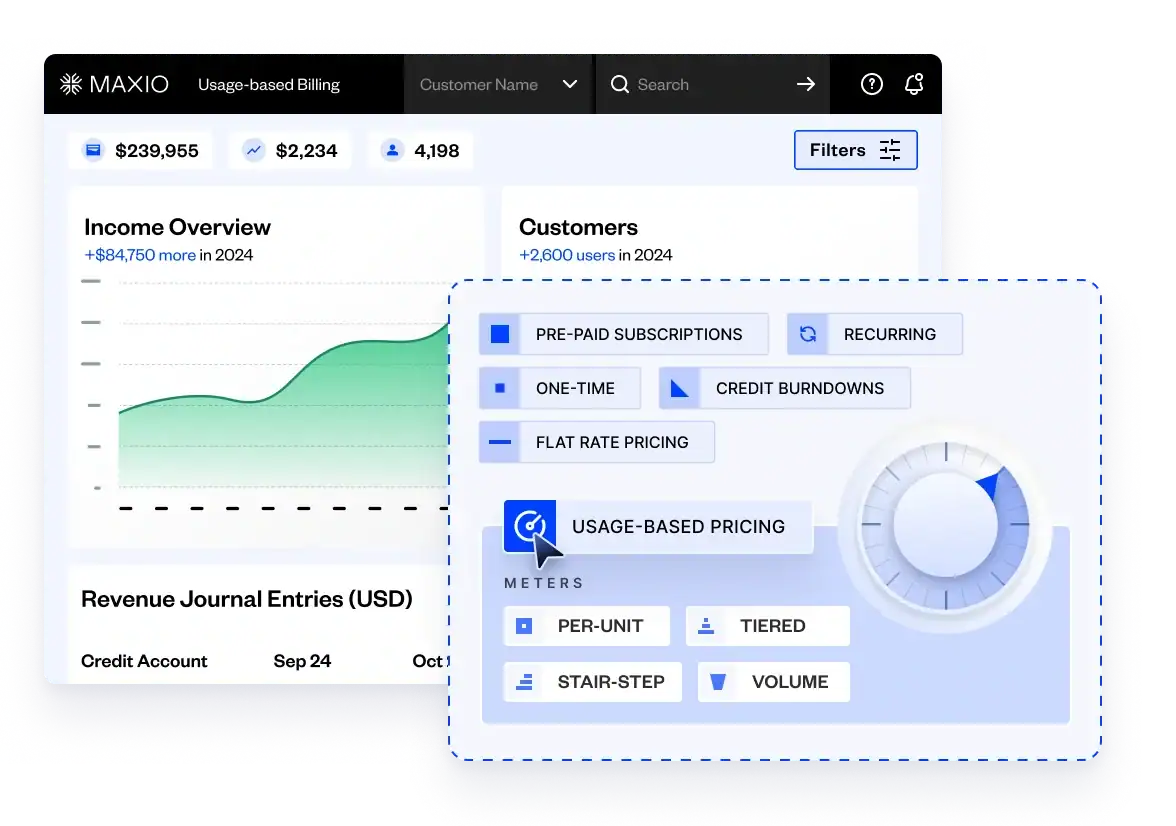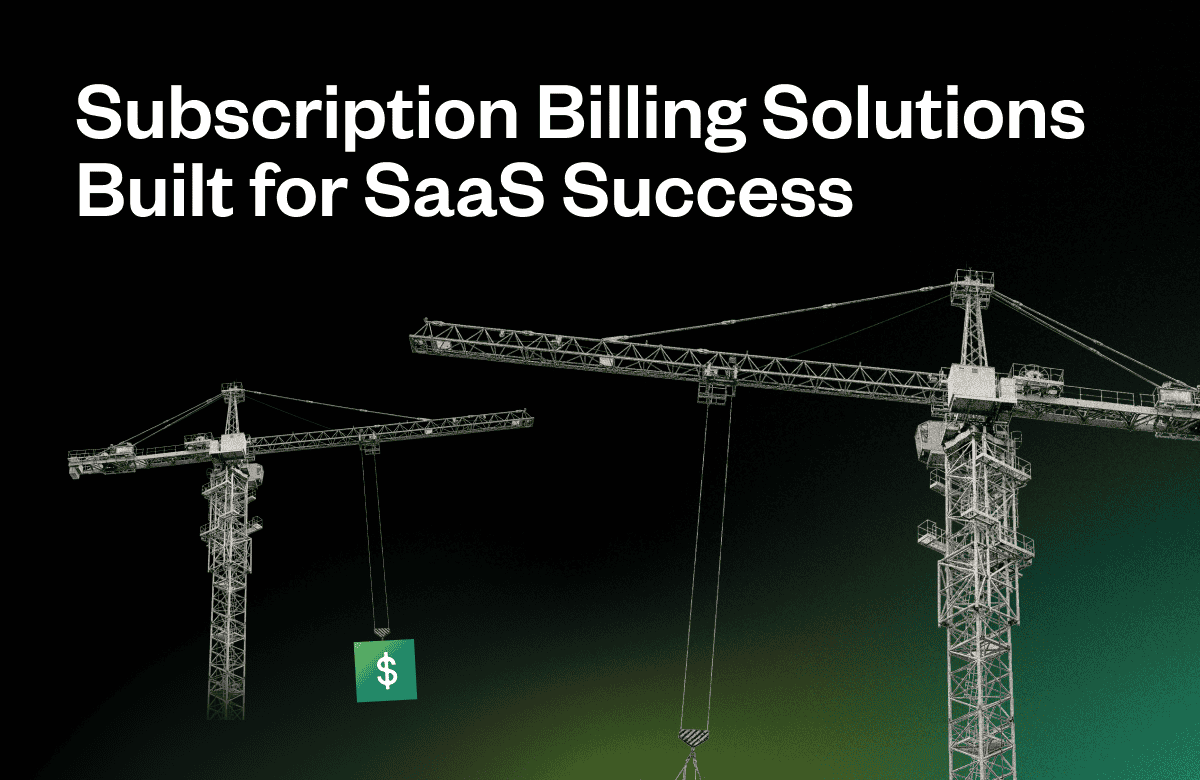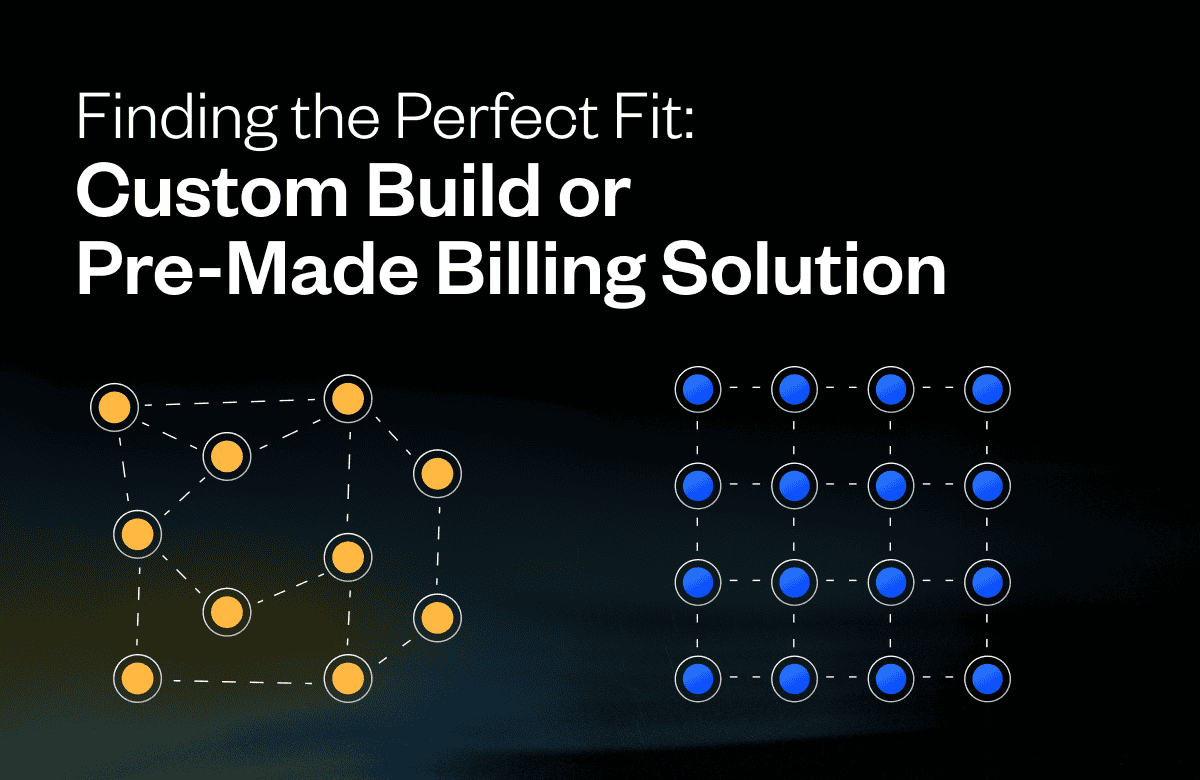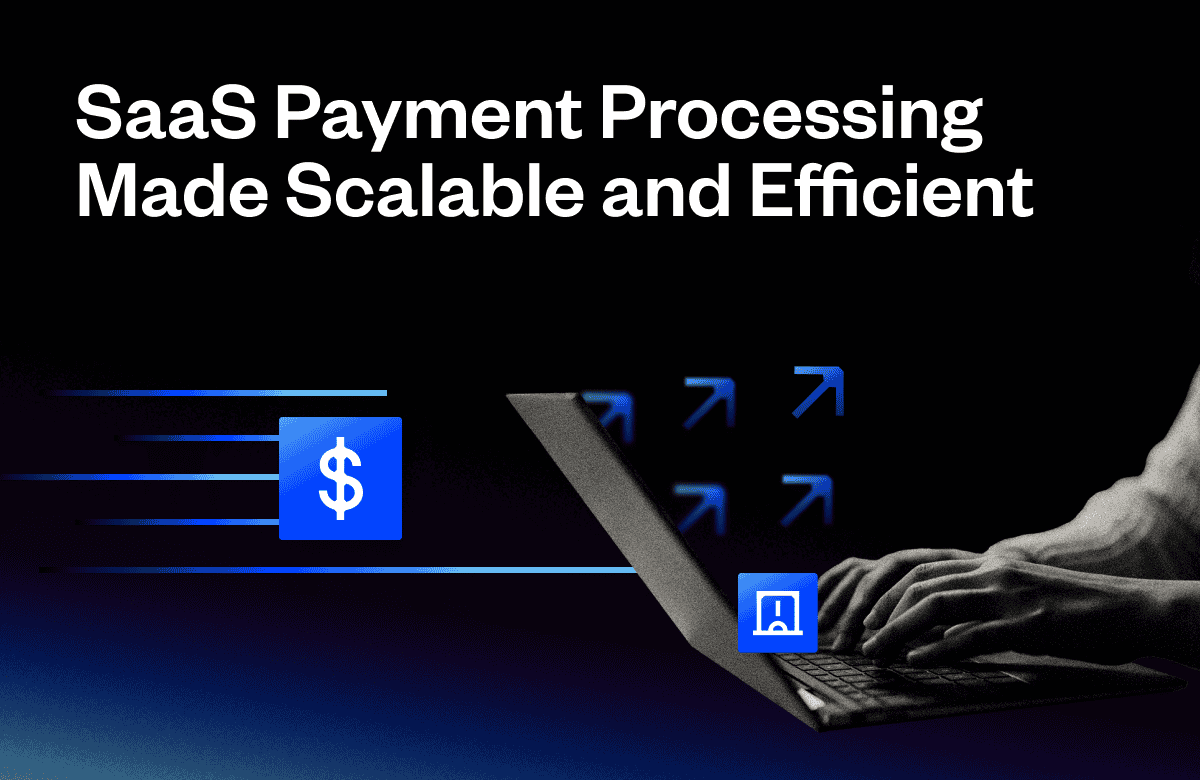How Buying Non-Core Billing Technology Accelerates Your Company Roadmap
Your brilliant engineering team ships features quickly, but what if their early, quick-fix billing script struggles to handle new customers or your Product-Led Growth (PLG) motion? Many early-stage startups reach this point, and it’s usually the Chief Technology Officers (CTOs) who have to jump in and solve the problem.
Let’s explore the build vs. buy dilemma for core infrastructure like billing systems. The instinct to build technology is strong for CTOs and has served them well, but, as growth accelerates, is continuing to build in-house billing the best use of resources when speed and flexibility are needed for growth?”
In this post, we’ll discuss the challenges with building vs. buying, highlighting the advantages that come from considering a strong external billing system. Our goal is to provide a framework for thinking about how this impacts resources, market speed, pricing flexibility, and the foundational needs for PLG, allowing you to make the best decision for your situation. Understanding this balance is key, and it’s where considering a comprehensive billing infrastructure partner, like Maxio, can shift from a tactical choice to a strategic need.
Reexamining the Build Instinct Through a Strategic Lens
As an early-stage CTO, your experience has likely proven the value and power of the build instinct. It’s usually how innovative products first take shape, and it’s an approach that naturally aligns with an understanding of technology and a drive to create it. So it’s worth calling out why this instinct is so foundational before considering how strategic needs can grow with company growth.
Building tech isn’t just a preference for technical founders; it’s what got the product off the ground and is a core part of their problem-solving DNA. That ingenuity is fundamental, and solving hard problems with custom solutions is what gives your company its edge. It’s a source of innovation and pride, allowing for deep learning and a system perfectly tailored to initial, simpler needs.
In the early days, building a lightweight solution in-house, especially for something like billing, can feel faster, more cost-effective, and certainly more within your control. You understand every line of code because you wrote it, which provides a sense of security and adaptability for immediate business needs.
But as the company grows, the calculus often shifts, and what was once a straightforward internal tool can become a source of complexity, demanding more attention.
Now, let’s talk about collaboratively reexamining where that powerful instinct delivers maximum value and where, as demands change, it might introduce hidden tradeoffs or divert focus from your core product innovation. The goal is to ensure your technical resources are always aimed at what makes your business unique and profitable.
The Unseen Toll of Building Non-Core Infrastructure
The very systems that were once efficient can begin to present new and unexpected challenges as your startup scales. It’s common to see homegrown, non-core infrastructure like billing struggle to support increasing complexity that extends beyond simple payment processing and touches the core of your revenue operations.
Let’s explore some common strategic and operational challenges impacting resource allocation, market agility, and the evolution of pricing or PLG strategies. These are the friction points where a dedicated billing platform like Maxio, designed for B2B SaaS complexity, begins to show its strategic value by proactively addressing unseen tolls.
- Growing Resource Demands: As your product and customer base grow, maintaining and adapting a homegrown billing system can pull engineering focus from core product innovation. What started as a small project can morph into a maintenance burden, consuming valuable developer time and focus.
- Impact on Time-to-Market: The increasing complexities of billing, like proration, dunning, global taxes, compliance like Payment Card Industry Data Security Standard (PCI DSS), and usage tracking intricacies, can delay new product launches or pricing iterations if your internal system needs re-engineering.
- Scalability Hurdles & Technical Debt: Homegrown systems can struggle to scale elegantly with growing transaction volumes, new pricing models, or international operations, leading to technical debt and making future changes slow and risky.
- Pricing Strategy & PLG Agility Constraints: An internally built billing system, if not architected for flexibility, can become a bottleneck, hindering pricing strategy experimentation. This can also complicate first-time PLG efforts, which depend on seamless, automated self-serve checkout and dynamic subscription management.
These types of friction points are natural consequences of growth, outgrowing a system designed for a simpler era, and recognizing them early allows for a strategic change.
Buying as a Strategic Accelerator for Innovation and Speed
Buying technology doesn’t mean giving up control, it means gaining leverage to unlock team capacity, enabling greater agility, and building a resilient foundation for future innovation. Leveraging specialized third-party solutions for non-core infrastructure can be a powerful accelerant, and solutions like Maxio are built precisely to offer this leverage for complex B2B SaaS billing.
The benefits of buying flexible, modern billing systems include:
- Reclaiming Resources for Core Innovation: Buying a specialized billing solution is a strategic move to free engineering talent. Instead of wrestling with billing logic or compliance updates, your team can concentrate on the startup’s unique value proposition.
- Accelerating Speed and Agility: A reliable, robust system, designed for flexibility and adaptive billing, allows for pricing experimentation and faster implementation of pricing models. A configurable platform enables quicker adaptation to market feedback and competitive pressures.
- De-risking Growth & Ensuring Scalable Operations: Mature third-party solutions handle complexity, global compliance, security, and high-volume scalability with ease, limiting future operational risks and providing a stable backbone for financial operations.
- Sophisticated Pricing & Seamless PLG: Investing in the right infrastructure provides a good foundation for advanced pricing strategies and delivering a smooth, automated PLG experience needed for customer acquisition and retention, without burdening your engineering team.
- Unlocking Actionable Data & Strategic Insights: Specialized platforms typically offer more sophisticated reporting and analytics than most homegrown systems, providing clearer insights into revenue trends and customer behavior that inform data-driven decision-making.
Accelerate Growth by Focusing on Innovation, Not Reinvention
The path of an early-stage CTO is one of constant innovation, and the build vs. buy decision for critical billing infrastructure is a strategic choice that impacts technical debt, feature velocity, your company’s growth trajectory, its pricing adaptability, and PLG success.
The challenges with building core infrastructure are common early-stage inflection points that an extensible billing platform like Maxio can turn from hidden costs into opportunities for growth. Don’t think of buying tech as abandoning a core strength. Think of it as channeling that strength where it delivers the most competitive differentiation. By strategically choosing to buy non-core infrastructure like a billing and revenue operations platform, you’re buying speed to market, business model flexibility, and the freedom to focus your team’s genius on what truly sets your startup apart.
Maxio, for instance, is designed as a central B2B SaaS billing platform, offering more than simple payment processing to help you manage the entire quote-to-cash lifecycle, adapt pricing, automate revenue recognition, and gain critical financial insights. Maxio helps turn billing into your secret weapon.
Ready to explore how a strategic approach to billing can fuel your startup’s growth? Check out our website or request a demo to learn more.
